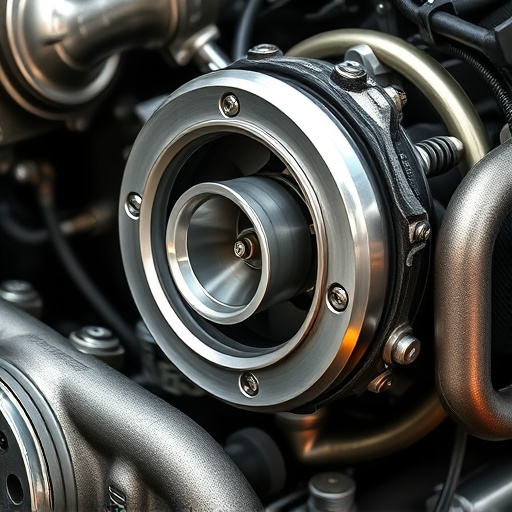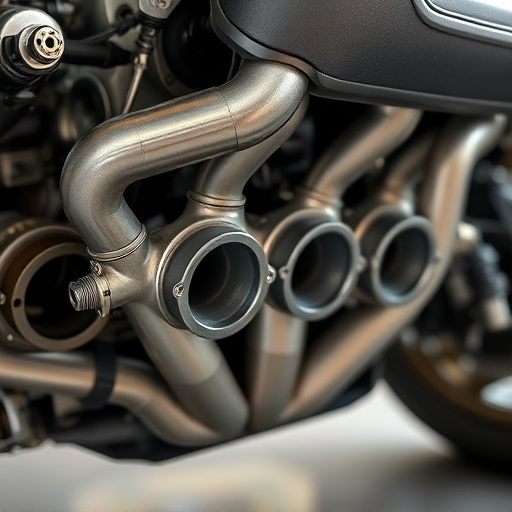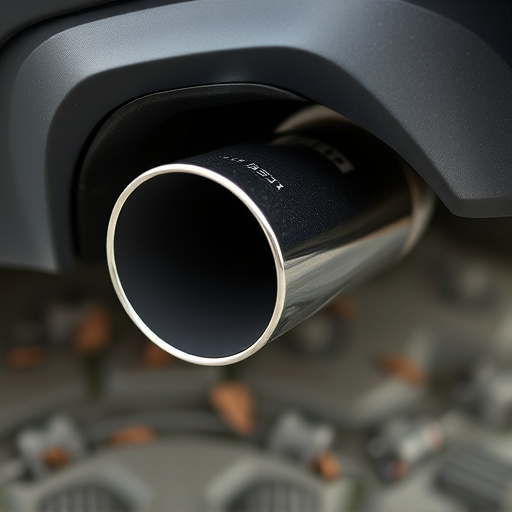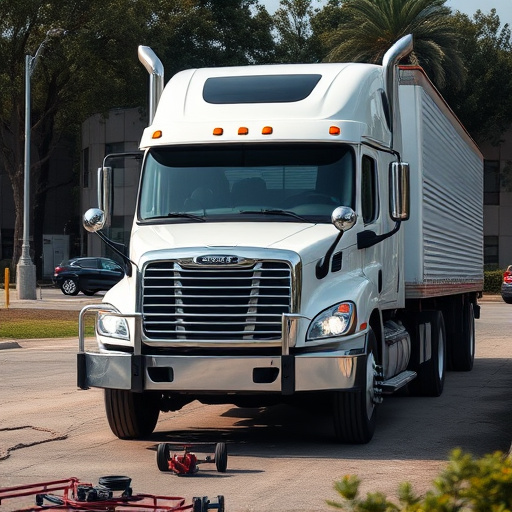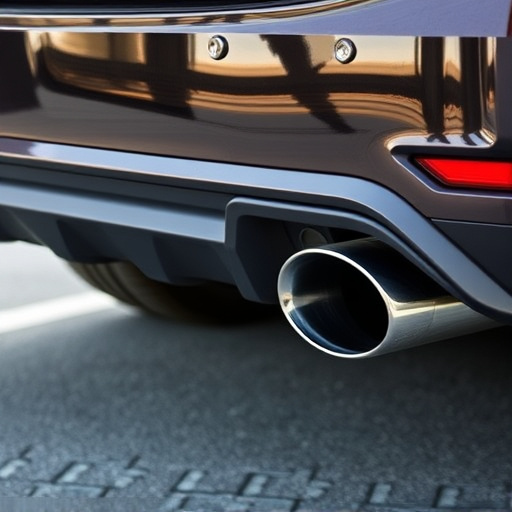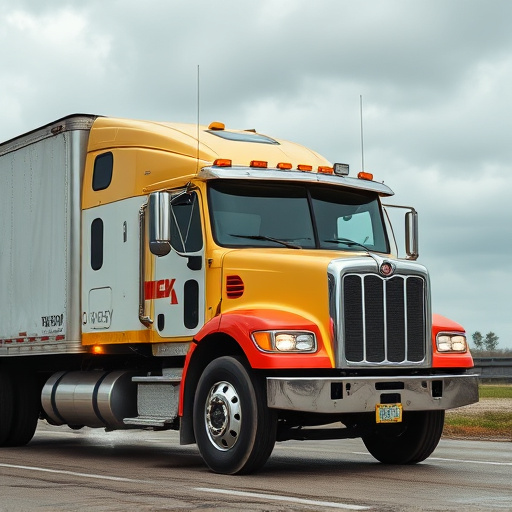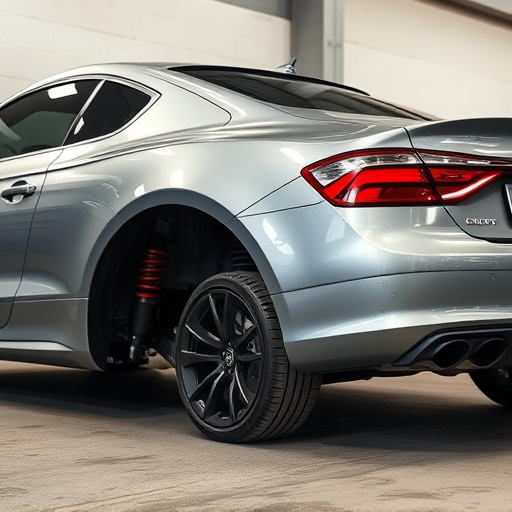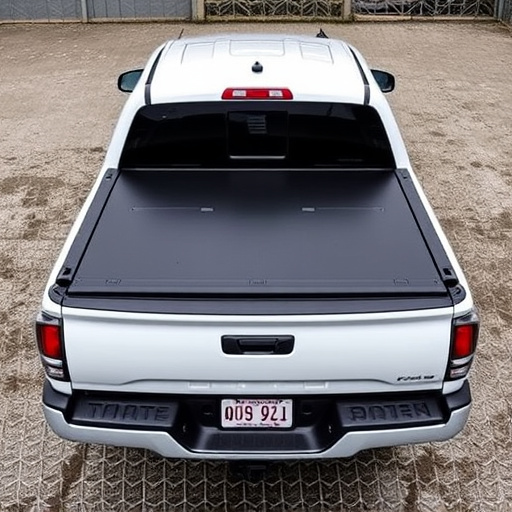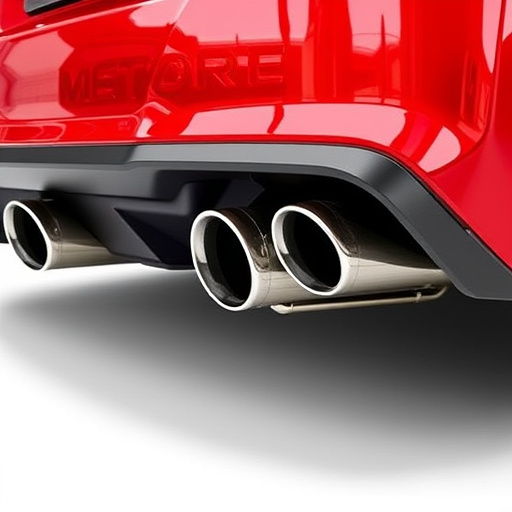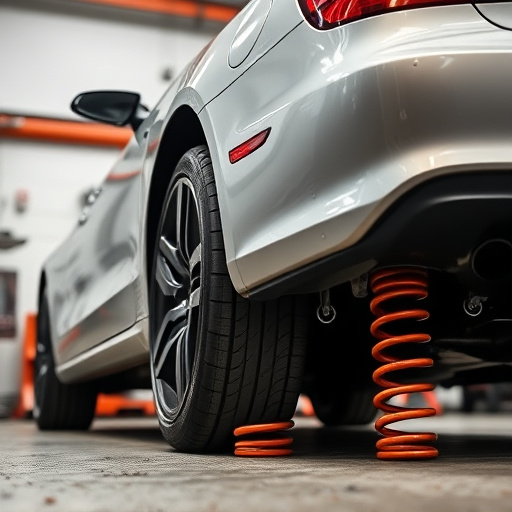Upgrading intercoolers requires balancing core size for optimal engine performance based on vehicle goals, driving style, and planned modifications like high-flow air filters or performance brakes. Choose a core that enhances heat dissipation while considering spatial compatibility with existing components and vehicle layout. Strategically evaluate cooling needs, measure current intercooler dimensions, compare core sizes, and consult guides or experts for seamless integration.
“Enhance your intercooler upgrade with a strategic core size selection. This guide deciphers the crucial role of core size in intercooler performance, addressing key factors like cooling requirements, vehicle type, and operating conditions. Learn how the right core size can transform your engine’s efficiency, ensuring optimal temperature control during high-performance driving. Discover the step-by-step process to make an informed choice for a seamless intercooler upgrade experience.”
- Understanding Core Size Significance in Intercooler Upgrades
- Factors Influencing Optimal Core Size Selection
- Steps to Accurately Choose Core Size for Your Upgrade
Understanding Core Size Significance in Intercooler Upgrades
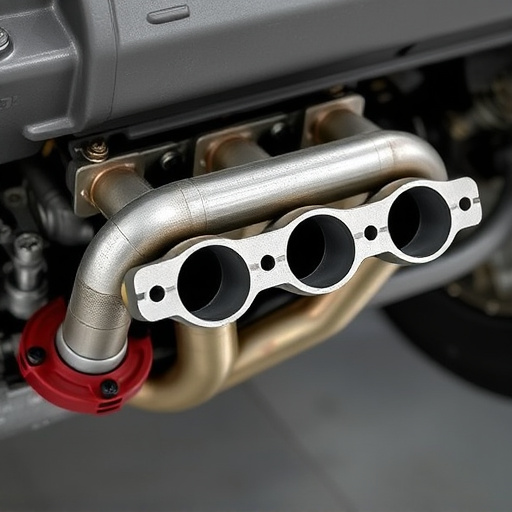
When upgrading your intercooler, understanding core size is crucial for optimal performance. The intercooler core acts as a heat exchanger, cooling down compressed air from the turbocharger before it enters the engine. Its size directly impacts airflow and temperature reduction capabilities. Larger cores offer higher air flow rates, enabling better cooling during high-performance scenarios. This is particularly beneficial if you’re installing high-flow air filter kits or upgrading suspension components that demand increased engine power.
Conversely, smaller intercooler cores provide quicker response times for sudden temperature spikes but may struggle to keep up during sustained high-load conditions. When considering core size, factor in your vehicle’s performance goals, driving style, and the potential upgrades like performance brakes you plan to install. The right choice ensures your intercooler upgrade delivers both efficient cooling and reliable performance under all conditions.
Factors Influencing Optimal Core Size Selection
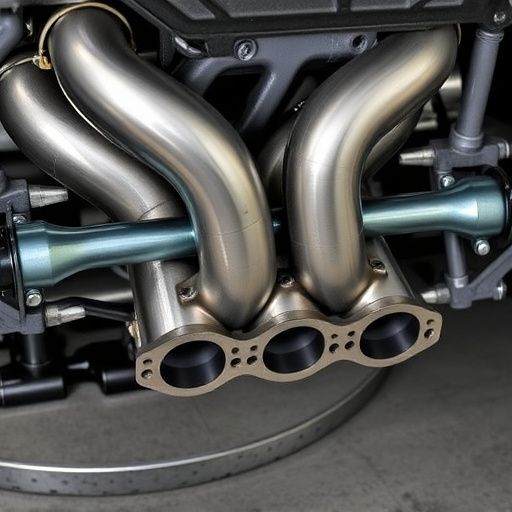
When choosing an optimal core size for your intercooler upgrade, several factors come into play. The primary consideration is the cooling capacity required for your vehicle, which depends on the engine’s power output and operating conditions. High-performance engines with substantial horsepower demands often necessitate larger cores to handle increased heat transfer rates. Additionally, environmental factors such as climate and driving conditions can significantly impact cooling needs; regions with extreme temperatures require more robust intercooler designs.
Another crucial aspect is the physical space available within your vehicle’s engine bay. Larger cores offer better airflow and efficiency but may not fit in compact spaces. Conversely, smaller cores are more suitable for cramped areas but might struggle to dissipate heat effectively during intense driving sessions. Moreover, integration with existing components like exhaust tips, brake components, and suspension components should be seamless to ensure optimal performance and reliability of your intercooler upgrade.
Steps to Accurately Choose Core Size for Your Upgrade
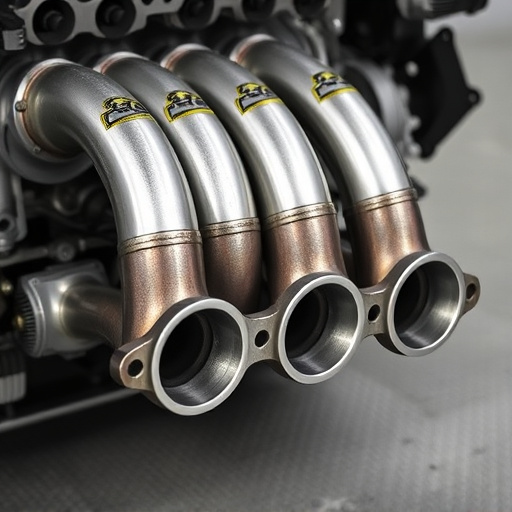
To choose the core size for your intercooler upgrade accurately, start by understanding your vehicle’s performance needs and existing cooling system. Assess your driving style and the type of modifications you’ve made or plan to make—this will help determine the optimal core size. For instance, if you’re into high-performance driving with frequent gear shifts, a larger core may be necessary to handle increased heat dissipation.
Next, consider the fitment aspects. Measure your existing intercooler’s dimensions and compare them to the new core size options available in the market. Ensure compatibility with your vehicle’s layout, especially when upgrading alongside other components like muffler tips, intake components, or suspension kits. Consulting vehicle-specific guides or seeking advice from automotive experts can also help ensure you select a core size that seamlessly integrates into your setup.
Selecting the right core size for your intercooler upgrade is a crucial step in enhancing engine performance and cooling efficiency. By understanding the factors that influence this decision, you can make an informed choice. Following the outlined steps ensures an accurate selection tailored to your specific needs. With the right intercooler upgrade, you’ll experience improved vehicle dynamics, ensuring a smoother ride and better control on the road ahead.
